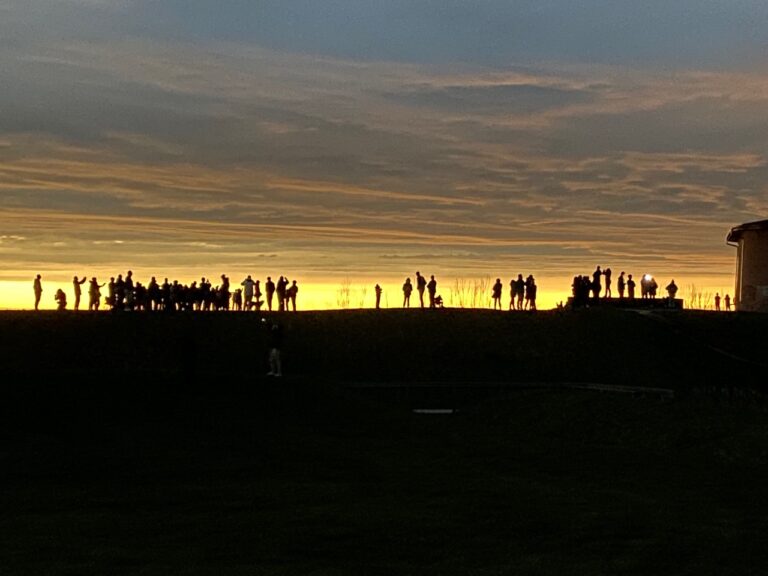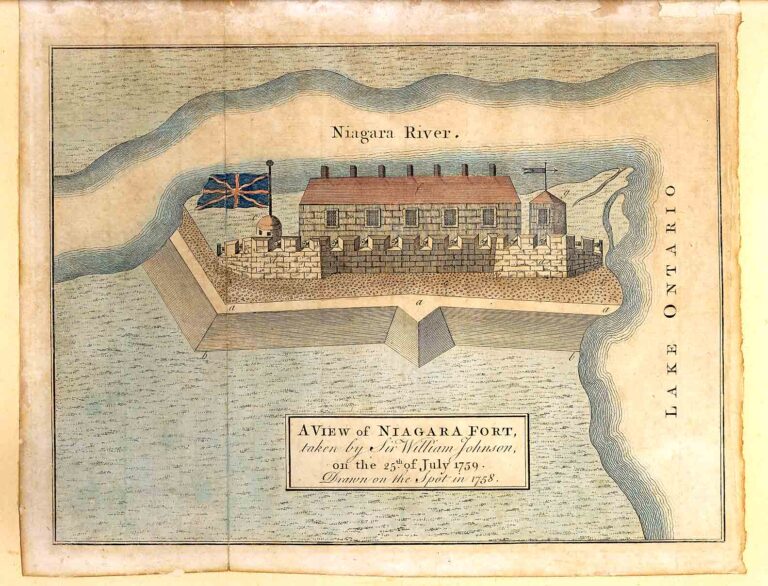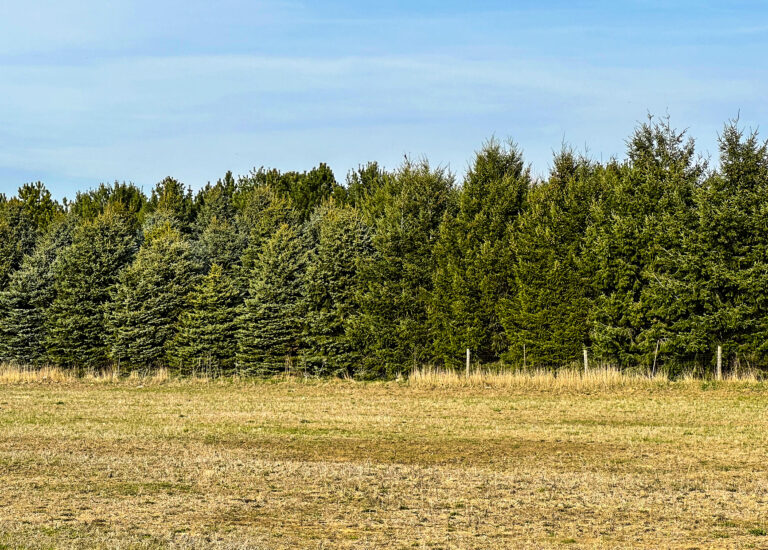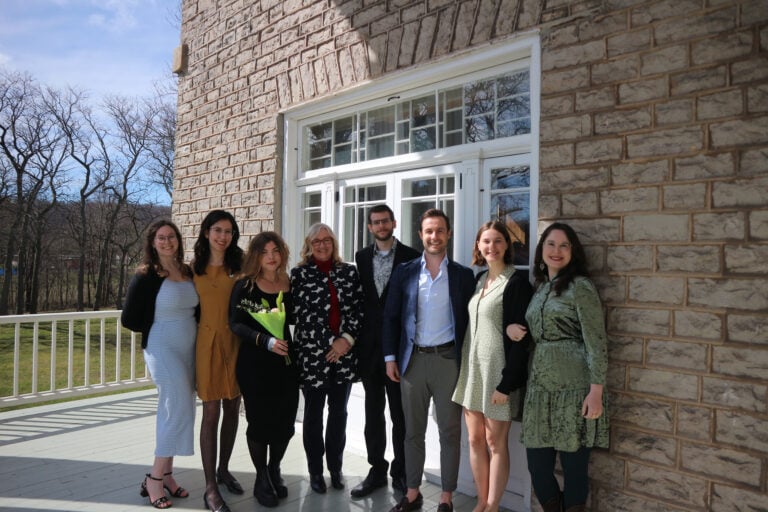It was just a small one-and-a-half storey home, built by David Secord in 1803, then destroyed during the War of 1812 when American forces burned St. Davids to the ground on July 19, 1814. The only remnants of the small home left standing were the fireplace and massive chimney.
The Secords, like all survivors of the war, rebuilt their home. A new one-and-a-half storey house was built around that fireplace and chimney in the latter part of 1814. By 1815, the Secords added a summer kitchen to the back of the house.
Richard Woodruff, who ran a successful general store in St. Davids, purchased the Secord home for his family in 1824. In 1827, William Woodruff (brother to Richard) added an addition onto the front of the first structure in the Wilderness Georgian/Loyalist Georgian design. Then another and final addition, the parlour, was added to the home sometime before the 1860s.
Richard Woodruff died in 1860. The Woodruff family continued to live in the house until 1882 when Mrs. Margaret Woodruff died.
After her death, the house was divided into apartments that were rented out to families who were new to the area. Sometimes three or four families lived in the house at any given time. The home became affectionately known by the locals as the “House of Nations.” Although rented out, the house remained in the Woodruff family, the last owner being Maj. Wilfred Woodruff.
In 1967, things took a funny turn for the house. Maj. Woodruff sold it to Judge Cudney, who then sold it to Mr. & Mrs. Douglas Doerr of Caledon Ont.
It was the Doerrs who decided to move the house. From 1969 to 1970 the house was dismantled. Each beam, post, door, floor board, every single item in the house was numbered, documented and then crated. This meticulous, time-consuming job was done by the architect firm of Fin Fris. The entire house, now all in crates, was moved to Caledon, where it was to be reconstructed.
Unfortunately, the reconstruction never happened. In 1992, Douglas Doerr died. Mrs. Doerr did not want to take on the project so her son sold the entirely crated house to David and Bruce Chamber of Bond Head, Ont. The crated house was moved there.
For some reason though, the house remained crated and was sold again, this time to Peter and Jane Rumgay of Port Hope. Their plan was to rebuild the home on a lake lot in Port Hope.
Once again, the house did not get rebuilt and sat for another few years in crates.
In 2003, Norma Jane and Blair Harber, the owners of Ravine Winery, tracked down the location of the house. The Harbers contacted the Rumgays, offering to purchase the still-crated home.
The Rumgays agreed and the home was once more on the move, this time back to its roots in the village of St. Davids. It would be rebuilt this time and would become the welcome centre for Ravine Winery.
In 2004, Jane Burgess, of Stevens Burgess Architects, started the restoration of the home’s many components. Marion MacRae, a renowned Canadian architectural historian, documented in her book “The Ancient Roof” the entire structure of the building. The detailed drawings and research that MacRae had done on the home was a great asset to the Burgess Architects during the restoration.
In her notes about the house, MacRae referred to it as a “valiant beauty of a dying house.” By 2007, full construction of the entire complex started. In November 2008 the temporary tasting room was opened in the newly reconstructed summer kitchen.
The Harbers had been told that there was a painting of the house done by Frederick S. Haines. He was a colleague and friend of the Group of Seven. He had painted a picture of the home in 1937, calling it the “House in St. Davids Where Wm. Lyon Mackenzie Lodged.”
More research was done; the painting was located and purchased by the Harbers in 2007. As a side note, there is no documentation to prove that Mackenzie ever stayed in the home.
So, 40 years after the home was moved from St. Davids, the “House of Nations” was back where it all started and opened its doors to welcome all to enjoy a small piece of history.
And, yes, that original fireplace and massive chimney that stood strong during the burning of St. Davids in 1814 proudly still stands today in the home.
More Niagara’s History Unveiled articles about the past of Niagara-on-the-Lake are available at: www.niagaranow.com










